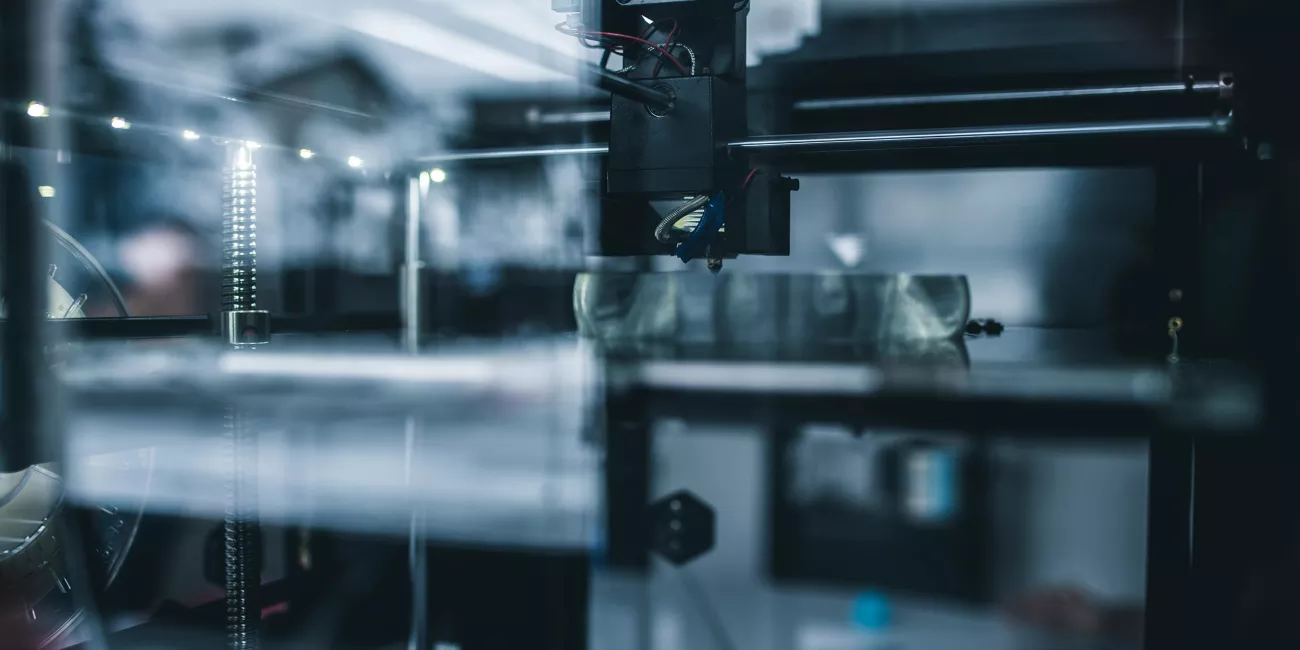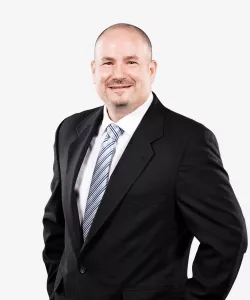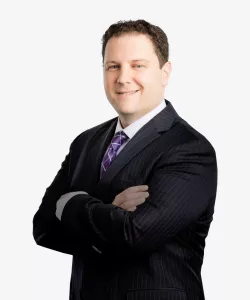Three Ways the New USPTO Guidance for Patent Eligibility Can Benefit Patent Applicants

The United States Patent and Trademark Office greeted the new year with a welcome gift: “2019 Revised Patent Subject Matter Eligibility Guidance” that updates the framework on subject matter eligibility under 35 U.S.C. § 101.
The guidance became effective January 7, 2019 and is now open to comments through March 9, 2019, with the goal to “increase clarity and consistency in how Section 101 is currently applied” especially for software and business method related patent applications.[1] While the legal issues surrounding patent eligible subject matter remain complex, the USPTO’s new guidance offers at least three potential benefits for patent applicants:
The USPTO Has Clarified What Constitutes an Abstract Idea
A patent examiner determines a claim is patent eligible by evaluating whether the claimed subject matter falls within a statutory category (Step 1), and satisfies the Alice/Mayo test for judicial exceptions (Steps 2A and 2B).[2] The guidance revises Step 2A into two prongs.
Under the first prong, the examiner considers whether a claim is directed to a judicial exception (e.g., an “abstract idea”). Prior USPTO guidance asked examiners to determine that a claim was directed to abstract idea by consulting Federal Circuit decisions. However, according to the USPTO, “[t]he growing body of precedent has become increasingly more difficult for examiners to apply in a predictable matter.”[3] In response, the new guidance clarifies that an abstract idea falls within one the following three groups:
Mathematical concepts – mathematical relationships, mathematical formulas or equations, mathematical calculations;
Certain methods of organizing human activity – fundamental economic principles or practices (including hedging, insurance, mitigating risk); or
Mental processes – concepts performed in the human mind (including an observation, evaluation, judgment, opinion).
This framework streamlines the abstract idea analysis. Indeed, examiners must now identify one of these specific groups that the claim is directed to, which in turn enables the applicant to assert targeted rebuttal. This clarification should increase predictability as patent applicants can draft claims with these limited categories in mind. Further, the selection of a category is not tied to patent eligibility of the claim as a whole, so examiners should be able to more easily categorize claim limitations without fear of generalizing the entire claim.
Patent Applicants Have An Additional Argument that Claims Are Patent Eligible
Even when an examiner first concludes that the claims recite a judicial exception (e.g., abstract idea) in Step 2A, prong 1, they must now also “determine whether the recited judicial exception is integrated into a practical application of that exception.”[4] While the meaning of a “practical application” is not yet clearly defined, this second prong of a § 101 analysis affords a new line of arguments to demonstrate patent eligibility. To further assist applicants, the USPTO has provided examples of additional element(s) that can integrate the exception into a practical application: (i) additional elements reflecting an improvement in computer function, technology or another field, (ii) additional elements using the judicial exception to effect medical treatment, (iii) additional elements implementing a particular machine integral to the claims, and (iv) additional elements using the judicial exception meaningfully such that the claim is more than a drafting effort to monopolize the judicial exception. Thus, even when claims are found to recite a judicial exception, a patent applicant can show the claim is patent eligible as long as it recites a practical application of the exception in Step 2A.
A Showing of a Practical Application Does Not Require the Applicant to Demonstrate the Additional Elements are Not Well-Understood, Routine or Conventional Activity
Importantly, the USPTO’s new guidance instructs that, when considering whether the judicial exception is integrated in a practical application in Step 2A, examiners should not consider whether the additional claim elements represent well-understood, routine, conventional activity.[5] “Accordingly, in revised Step 2A examiners should ensure that they give weight to all additional elements, whether or not they are conventional, when evaluating whether a judicial exception has been integrated into a practical application.”[6]
This is significant as prior USPTO guidance required examiners to consider whether any additional elements are well-understood, routine, conventional activity immediately after determining that a claim recited an abstract idea. This pitfall led to frequent § 101 rejections since examiners were free to find most additional elements as routine and conventional without applicants having effective arguments to refute such conclusions. However, under the new guidance, a claim reciting an abstract idea and additional elements — even if routine and conventional — can be patent eligible as long as these additional elements integrate the judicial exception into a practical application. As a result, Step 2A of the analysis may be significantly shortened and applicants can provide arguments about integration using the USPTO’s examples instead of whether the additional elements are routine and conventional.
Conclusion
The USPTO’s new guidance appears to provide multiple mechanisms that should assist patent applicants with § 101 rejections and reduce the occurrence of such rejections moving forward. Although the guidance does not have the force of law, all USPTO personnel are expected to follow it. As such, applicants should review any current rejections for compliance with the guidance, and consider filing a supplemental response in cases where they have recently responded. Applicants (especially in the computer and software related arts) should also draft both their applications and claims with an eye towards the “practical applications” enumerated by the guidance and be sure to describe both the technical problem in the existing art and the claimed invention’s solution to such problems as part of a practical application. While patent applicants can expect further development of the meaning of a “practical application,” at a first glance the USPTO’s guidance provides a framework that appears consistent with Commissioner Iancu’s pro-patent reputation and should provide immediate support for patent applicants dealing with complex § 101 issues.
[1] Guidance at 4.
[2] Alice Corp. Pty. Ltd. v. CLS Bank Int’l, 573 U.S. 208, 217-18 (2014) (citing Mayo Collaborative Servs. v. Prometheus Labs., Inc., 566 U.S. 66 (2012)).
[3] Guidance at 9.
[4] Guidance at 13.
[5] A determination of whether a claim contains well-understood, routine, conventional activity is made in Step 2B of the analysis.
[6] Guidance at 19.
Contacts
- Related Practices
-
Read Time
7Minutes


